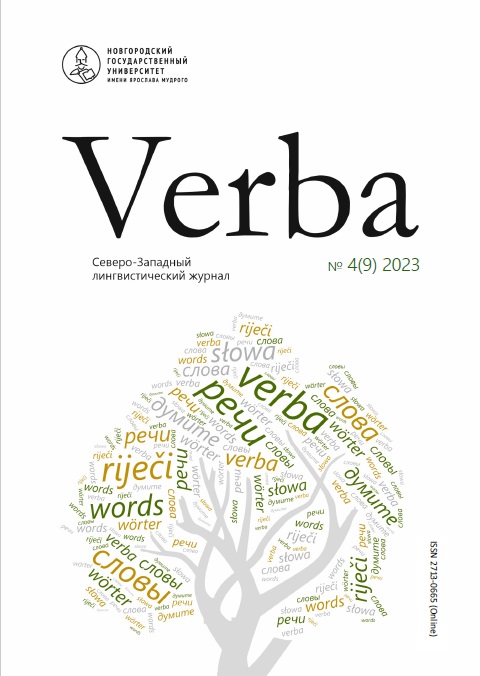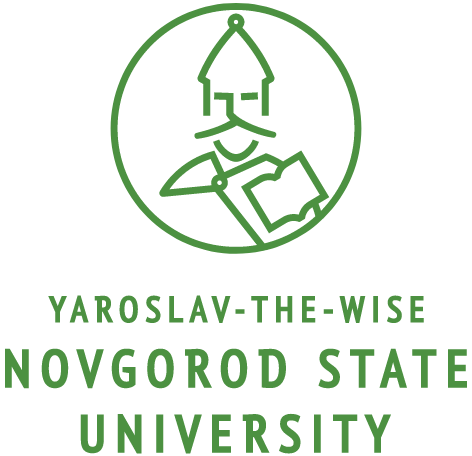Nostalgic Marketing: Soviet Period Precedent Texts in Post-Soviet Advertising
DOI:
https://doi.org/10.34680/VERBA-2023-4(9)-41-67Keywords:
precedent, precedent text, precedent phenomenon, intertextuality, polycode advertising textAbstract
The article is devoted to the analysis of precedent texts of the Soviet period used in modern Russian-language advertising messages. Despite the high interest of researchers in the problem of intertext interaction, the study of precedent phenomena updated in advertising remains relevant due to the high dynamism of the advertising industry. The author offers a typology of polycode precedent signs of Soviet culture used in post-Soviet advertising, and also considers the reasons for the increased interest of copywriters in Soviet precedent texts. The following are highlighted as visual precedent identifiers of Soviet discourse broadcast in advertising: font, color, graphics and design, symbols related to the culture and history of the Soviet Union. Verbal precedent texts of the Soviet period are presented by quotes from the poetry of V. Mayakovsky, Soviet books, films and cartoons, songs, slogans of Soviet advertising, phrase schemes of agitation posters, etc. The reasons for the use of Soviet precedent phenomena are determined by the game nature of the impact, appeal to traditions, quality, positive emotions, memory, etc. Thus, as the basic functions of precedent phenomena of the Soviet period in modern advertising, according to the author, one can single out attractive and persuasive functions. All proposed typologies are supported by examples. The article pays special attention to the consideration of product categories, when promoting which appeal to Soviet precedents is the most frequent: naming and strategy for positioning banks and financial services, discourse of club events. The material for the study was the texts of Russian commercial advertising (in total, more than 100 texts of different formats and genres were considered). The basic method was intertextual analysis, as well as descriptive-analytical, communicative-pragmatic and other methods.
Downloads
Downloads
Published
How to Cite
Issue
Section
License
Copyright (c) 2023 Verba

This work is licensed under a Creative Commons Attribution-NonCommercial 4.0 International License.








